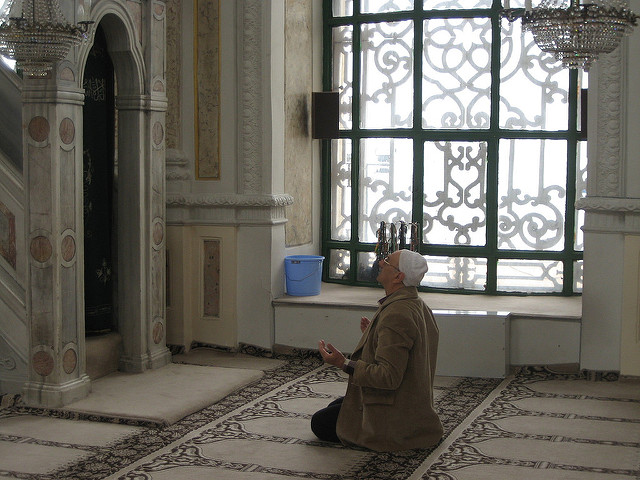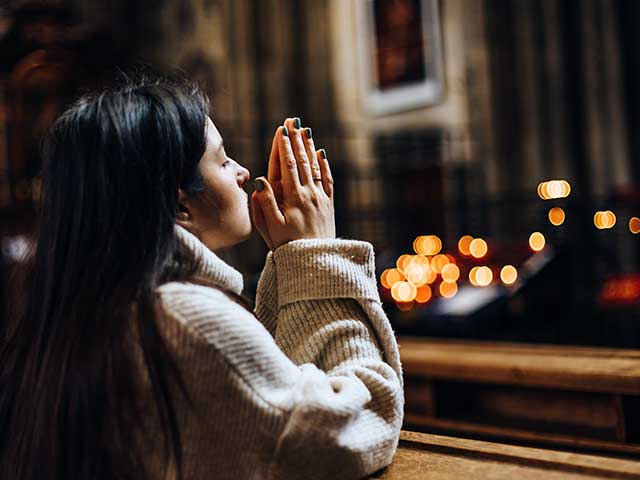In our fast-paced and noisy world, finding moments of inner peace and stillness can feel like an elusive dream. We constantly seek external distractions, technological devices, and endless entertainment to fill the void within us. However, there is a profound practice that has been revered for centuries as a powerful tool for cultivating tranquility and connecting with our inner selves – silent prayer. In this blog post, we will explore the art of silent prayer, its significance in various spiritual traditions, and practical ways to incorporate it into our daily lives.
The Essence of Silent Prayer
Silent prayer, also known as contemplative prayer or meditation, is a practice that transcends religious boundaries and speaks to the core of our human experience. It is a deeply personal and introspective journey that allows us to go beyond words, rituals, and external distractions, enabling us to commune with the divine or our own inner wisdom.
Silent prayer is not about seeking specific outcomes or making requests but rather about cultivating an attitude of openness, surrender, and stillness. It involves letting go of our incessant thoughts and embracing the present moment with complete acceptance. By quieting our minds and silencing the chatter, we create space for profound insights, clarity, and a deeper connection with ourselves and the world around us.
The Significance of Silent Prayer in Various Traditions
Silent prayer has a rich history across various spiritual and religious traditions. In Christianity, it is often referred to as contemplative prayer or the prayer of the heart. The Desert Fathers and Mothers of the early Christian tradition dedicated themselves to a life of solitude and silence, recognizing that in the absence of external distractions, one could experience direct communion with God. This tradition continues today through the practices of Christian mystics and monastic communities.
In Eastern spiritual traditions, such as Buddhism and Hinduism, silent prayer takes the form of meditation. Mindfulness meditation, for example, emphasizes non-judgmental awareness of the present moment, fostering inner peace and liberation from suffering. Similarly, in Sufism, the mystical branch of Islam, practitioners engage in silent prayer, seeking a direct experience of the divine.
The Practice of Silent Prayer
To embark on the journey of silent prayer, finding a quiet and comfortable space is essential. It can be a secluded corner of your home, a natural setting, or a sacred space in a place of worship. Begin by assuming a relaxed posture, either sitting or lying down, and take a few deep breaths to center yourself.

Start by focusing your attention on your breath, allowing it to flow naturally. As thoughts arise, acknowledge them without judgment and gently let them go, returning your focus to the breath. Gradually, you will notice the ebb and flow of thoughts subsiding, giving way to a calm and serene state of being.
As you delve deeper into silent prayer, you may choose to introduce a mantra or a sacred word to anchor your attention. Repetition of the mantra can help guide you back to stillness whenever the mind wanders. Alternatively, you can focus on a visual object or the sensations in your body, such as the rise and fall of your chest or the feeling of your feet against the ground.
Silent prayer is not about achieving a particular state of mind but rather about being fully present in each moment. It is a practice of patience and self-compassion, allowing the mind to settle naturally and cultivating an attitude of non-striving. Embrace the silence and let go of any expectations.
Conclusion
In a world that bombards us with constant noise, finding inner peace and stillness through silent prayer is a transformative endeavor. Visit BibleKeeper.com if you need more information or have any questions.




